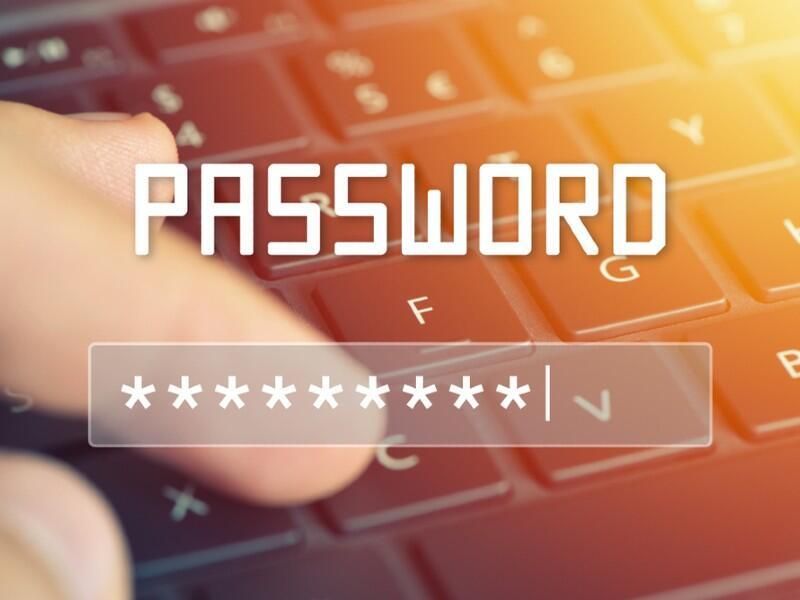In the ever-evolving landscape of cybersecurity, the quest for robust and user-friendly authentication methods has led to the rise of biometric password managers, marking a significant departure from traditional alphanumeric combinations. This paradigm shift is driven by the recognition that conventional passwords, often fraught with complexity and susceptibility to human forgetfulness, are increasingly insufficient to thwart the sophisticated tactics of cyber adversaries. Biometric authentication, with its roots in fingerprint scanning and facial recognition, has gained prominence as a more secure and convenient alternative to traditional passwords. Biometric password managers leverage unique physiological and behavioral characteristics, such as fingerprints, facial features, and even voice patterns, to verify a user’s identity. This not only enhances security by reducing the reliance on easily guessable passwords but also simplifies the user experience, eliminating the need to remember and periodically change complex strings of characters. One of the key advantages of biometric password managers lies in the inherent difficulty of replicating or forging biometric data.

Unlike passwords that can be compromised through various means, including phishing attacks and brute-force attempts, biometric information is inherently tied to the individual and is considerably more challenging to manipulate. This significantly raises the bar for potential attackers, requiring a level of sophistication that surpasses traditional hacking methods. Moreover, the integration of artificial intelligence and machine learning algorithms has further fortified the security posture of biometric password managers. These technologies enable continuous monitoring and adaptation to user behavior, allowing the system to detect and respond to anomalies in real-time. For example, if an unauthorized individual attempts to use a high-quality photograph for facial recognition, the system can identify the lack of liveness indicators and promptly deny access. The rise of biometric password managers also addresses the growing concern of password fatigue among users. With the proliferation of online accounts across various platforms, individuals are often burdened with the task of managing numerous complex passwords.
Biometric authentication streamlines this process, offering a seamless and intuitive experience. Users can effortlessly unlock their accounts with a quick fingerprint scan or facial recognition, reducing the friction associated with traditional password-based authentication. However, the adoption of biometric password managers is not without its challenges. Privacy concerns loom large as individuals may worry about the storage and potential misuse of their biometric data. To address this, many providers implement stringent encryption protocols and adopt a zero-knowledge approach, ensuring that even the service providers cannot access or reconstruct the original biometric data. As the digital landscape continues to evolve, the rise of biometric best password manager for mac represents a pivotal moment in the ongoing quest for secure and user-friendly authentication methods. With a focus on enhancing security and user experience, these innovative solutions are poised to redefine the way individuals protect their digital identities, making the password a relic of the past in the face of biometric authentication’s promising future.
